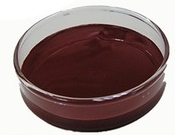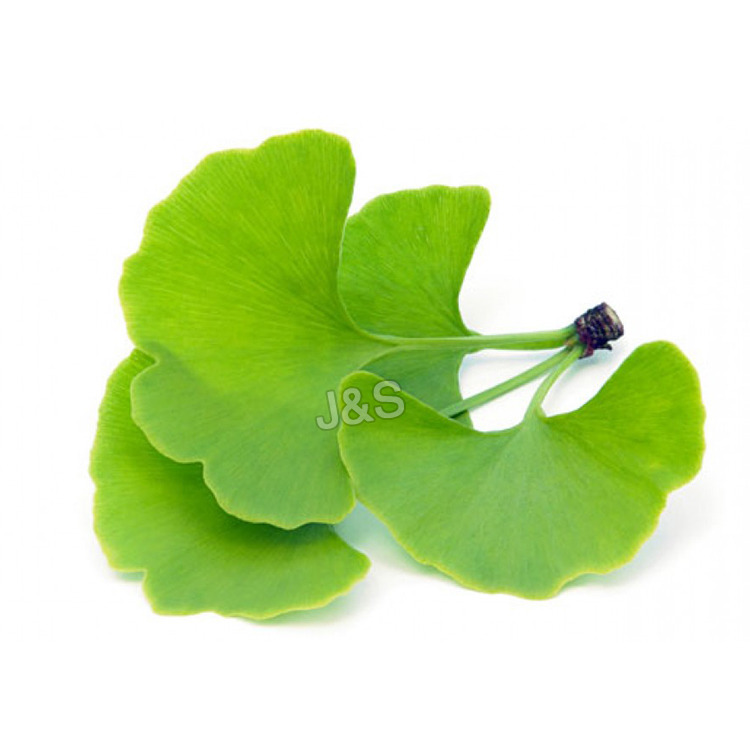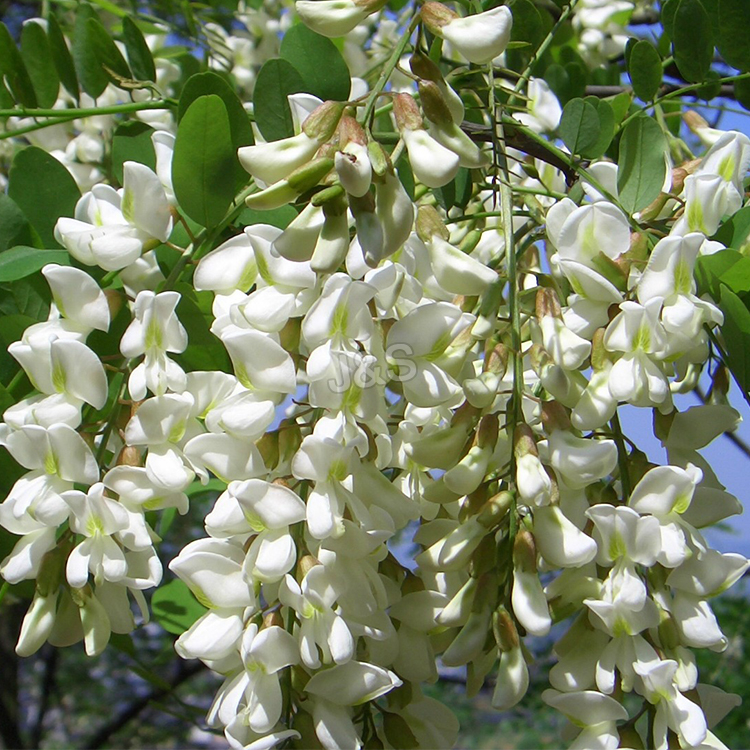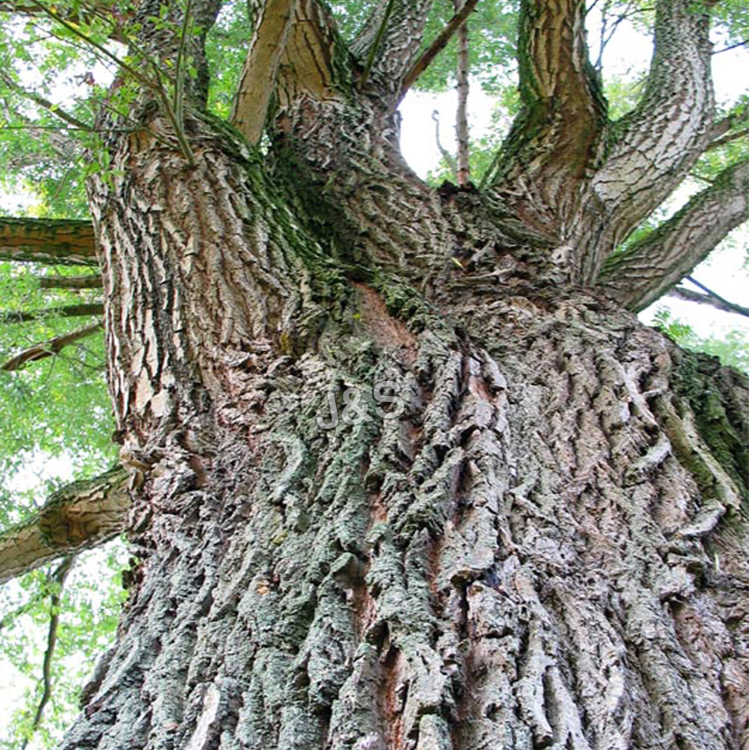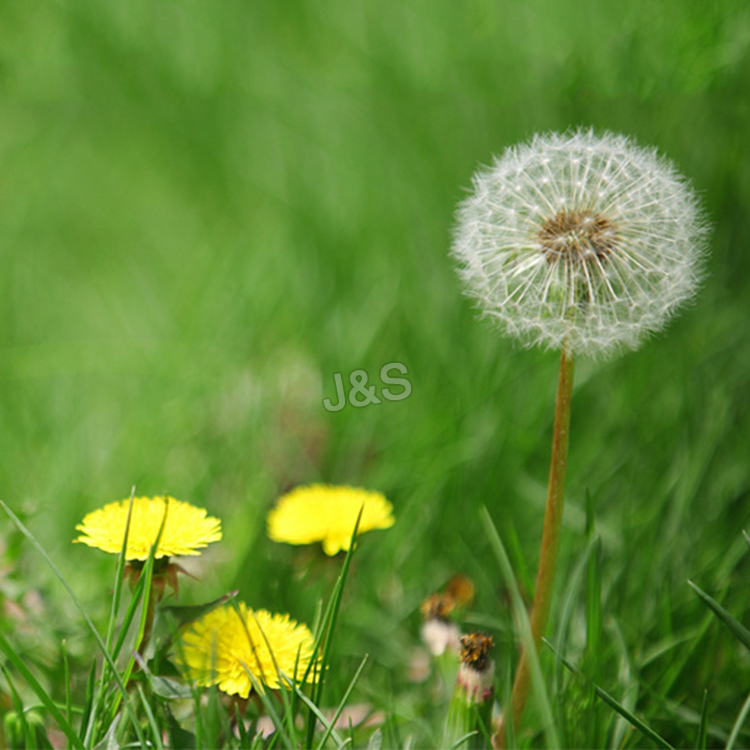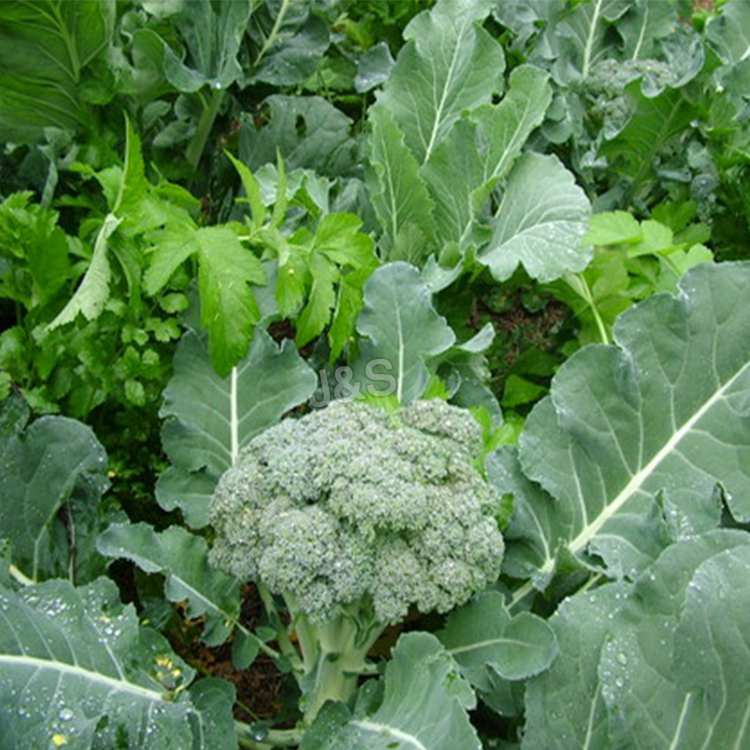8 Year Exporter Astaxanthin Manufacturer in luzern
8 Year Exporter Astaxanthin Manufacturer in luzern Detail:
[Latin Name] Haematococcus Pluvialis
[Plant Source] from China
[Specifications]1% 2% 3% 5%
[Appearance] Dark red Powder
[Particle size] 80 Mesh
[Loss on drying] ≤5.0%
[Heavy Metal] ≤10PPM
[Storage] Store in cool & dry area, keep away from the direct light and heat.
[Shelf life] 24 Months
[Package] Packed in paper-drums and two plastic-bags inside.
[Net weight] 25kgs/drum
Brief Introduction
Astaxanthin is a natural nutritional component, it can be found as a food supplement. The supplement is intended for human, animal, and aquaculture consumption.
Astaxanthin is a carotenoid. It belongs to a larger class of phytochemicals known as terpenes, which are built from five carbon precursors; isopentenyl diphosphate and dimethylallyl diphosphate . Astaxanthin is classified as a xanthophyll (originally derived from a word meaning “yellow leaves” since yellow plant leaf pigments were the first recognized of the xanthophyll family of carotenoids), but currently employed to describe carotenoid compounds that have oxygen-containing moities, hydroxyl or ketone , such as zeaxanthin and canthaxanthin. Indeed, astaxanthin is a metabolite of zeaxanthin and/or canthaxanthin, containing both hydroxyl and ketone functional groups. Like many carotenoids, astaxanthin is a colorful, lipid-soluble pigment. This colour is due to the extended chain of conjugated (alternating double and single) double bonds at the centre of the compound. This chain of conjugated double bonds is also responsible for the antioxidant function of astaxanthin (as well as other carotenoids) as it results in a region of decentralized electrons that can be donated to reduce a reactive oxidizing molecule.
Function:
1.Astaxanthin is a powerful antioxidant and may protect against oxidative damage to body tissues.
2.Astaxanthin can improve the immune response by increasing the number of antibody producing cells.
3.Astaxanthin is a potential candidate to treat neurodegenerative disease such as Alzhimer and Parkinson diease.
4.Astaxanthin dan reduce UVA-light damage to skin such as sunburn, inflammation, ageing and skin cancer.
Application
1.When applied in pharmaceutical field, astaxanthin powder has the good function of antineoplastic;
2.When applied in health food field, astaxanthin powder is used as food additives for pigment and health care;
3.When applied in cosmetic field, astaxanthin powder has the good function of antioxidant and anti-aging;
4.When applied in animal feeds field, astaxanthin powder is used as animal feed additive to impart coloration, including farm-raised salmon and egg yolks.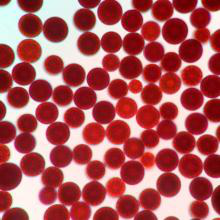
Product detail pictures:
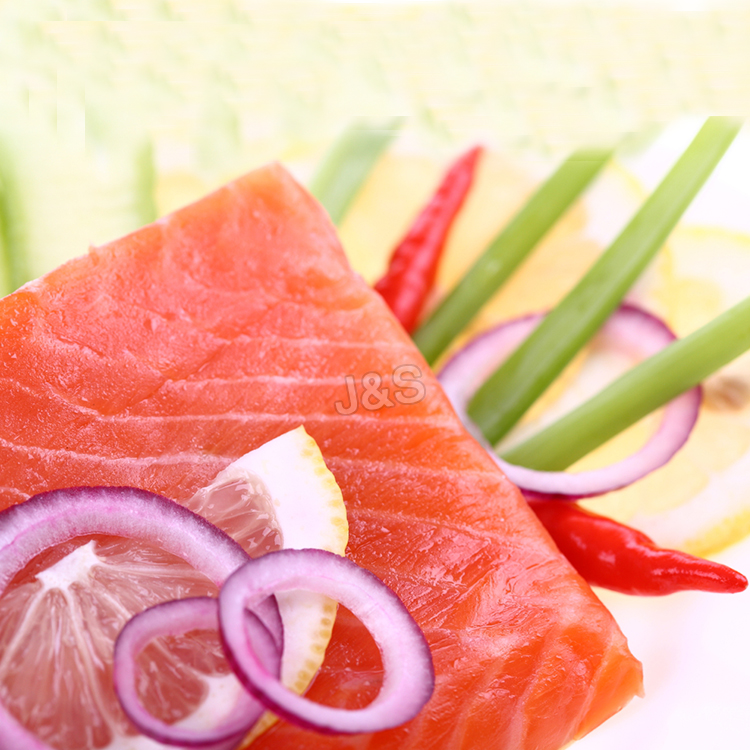
Related Product Guide:
8 Year Exporter Astaxanthin Manufacturer in luzern , The product will supply to all over the world, such as: , , ,
https://www.nutritionforest.com/green-tea-extract.html
https://www.nutritionforest.com
Nutrition Forest Green Tea Extract 98% with 500mg
Green tea belongs to Camellia Sinensis plant, an evergreen shrub whose leaves are used to make tea. Green tea is indigenous to china but now proliferated in many parts of Asia. Steeping leaves into hot water to prepare green tea for drink has promulgated due to its several invincible and incredible benefits.
An easy step of steeping leaves in hot water to release its flavor and extract and then drink gives numerous benefits. Green tea extract helps to lose weight. It supports immune system, inhibits cardiovascular disease and also helps to reduce stress and depression.
Green tea extract contains flavonoids, provide energy to body. Flavonoids are antioxidants which inhibit cells damage by free radicals. Being antioxidant and anti-inflammatory it also prevents cardiovascular disease.
Green tea extract contains some amount of caffeine, a stimulant conducive to burn fat and improves the function of metabolism. Most effective catechin in green tea is EGCG which burns fat and controls large amount of calories.
Why Green Tea?
Green tea has been used as a medicine for thousands of years, originating in China but widely used throughout Asia this beverage has a multitude of uses from lowering blood pressure to preventing cancer. The reason that green tea has more health benefits attached to it than black tea is (apparently) due to the processing. Black tea is processed in a way that allows for fermentation whereas green tea’s processing avoids the fermentation process. As a result, green tea retains maximum amount of antioxidants and poly-phenols the substances that give green tea its many benefits.
Here’s a list of some of its amazing benefits — benefits that you may not have been aware of. Some of these benefits are still being debated, so please do your own research if you want to use green tea for medicinal purposes.
1. Weight Loss. Green tea increases the metabolism. The polyphenol found in green tea works to intensify levels of fat oxidation and the rate at which your body turns food into calories.
2. Diabetes. Green tea apparently helps regulate glucose levels slowing the rise of blood sugar after eating. This can prevent high insulin spikes and resulting fat storage.
3. Heart Disease. Scientists think, green tea works on the lining of blood vessels, helping keep them stay relaxed and better able to withstand changes in blood pressure. It may also protect against the formation of clots, which are the primary cause of heart attacks.
4. Esophageal Cancer. It can reduce the risk of esophageal cancer, but it is also widely thought to kill cancer cells in general without damaging the healthy tissue around them.
5. Cholesterol. Green tea reduces bad cholesterol in the blood and improves the ratio of good cholesterol to bad cholesterol.
6. Alzheimer’s and Parkinson’s. It is said to delay the deterioration caused by Alzheimer’s and Parkinson’s. Studies carried out on mice showed that green tea protected brain cells from dying and restored damaged brain cells.
7. Tooth Decay. Studies suggests that the chemical antioxidant “catechin” in tea can destroy bacteria and viruses that cause throat infections, dental caries and other dental conditions
8. Blood Pressure. Regular consumption of green tea is thought to reduce the risk of high blood pressure.
9. Depression. Theanine is an amino acid naturally found in tea leaves. It is this substance that is thought to provide a relaxing and tranquilizing effect and be a great benefit to tea drinkers.
10. Anti-viral and Anti-bacterial. Tea catechins are strong antibacterial and antiviral agents which make them effective for treating everything from influenza to cancer. In some studies green tea has been shown to inhibit the spread of many diseases.
11. Skincare. Green tea can apparently also help with wrinkles and the signs of aging, This is because of their antioxidant and anti-inflammatory activities. Both animal and human studies have demonstrated that green tea applied topically can reduce sun damage.
green tea benefits
benefits of green tea
green tea extract
best green tea
green tea diet
green tea powder
green tea for weight loss
matcha green tea
benefit of green tea
organic green tea
matcha green tea powder
what is green tea
green tea leaves
japanese green tea
health benefits of green tea
green tea side effects
is green tea good for you
green tea health benefits
green tea tablets
what is green tea good for
advantages of green tea
jasmine green tea
green tea supplements
green tea capsules
chinese green tea
side effects of green tea
green tea fat burner
green tea advantages
green tea extract weight loss
green tea extract benefits
Genus: Ginkgo
Species: biloba
Family: GINKGOACEAE
Common name: Maidenhair Tree, Ginkgo
Plant type: Deciduous
Origin: South-eastern China
Habit/form:
Traditionally you will find G. biloba categorized with coniferous trees, but it is not a conifer, although it does have a naked seed similar to conifers and cycads (gymnosperm) but that seed is inside a fleshy fruit. The Ginkgo make-up an order of a single family of a single genus and single species.
The Ginkgo seems to be a virtually unchanged plant since its emergence in the Jurassic Period. Fossil evidence shows that the Ginkgo we know of today are the same kinds of Ginkgo growing 180 million years ago.
It is listed as “distinct in the wild”, generally meaning we do not find any naturally growing, all specimens we are aware of are from cultivation. With that being said, there are some masterful old specimens still growing/living in China. A noble subject around monasteries, well respected, fruit is considered a delicacy since ancient times.
G. biloba is a great looking deciduous tree, slender and erect when young aging to a conical dome with good balance of thick trunk/trunks, can have multiple leaders, and main branches, branches can be weighted/heavy and some pendulous habit, younger branches can have a fine-shedding bark. Bark is rough/coarse, textured and grainy, also has a range of furrow depth/grooving, can have transverse lenticles. Bark colour ranging in grey-brown.
Ginkgo can grow up to 40m height and 30m wide, can find ranges of size from as little as 10m height and 13m wide, slow growing, long lived, full sun, protect from strong winds, handles the cold, tolerates some frost, deep moist soils.
Leaves:
A simple, small/handheld fan-shaped leaf, up to 80mm long and 100mm wide, new growth can be yellowish-green, maturing to bright green, and then turning vibrant yellow in Autumn. The leaf is usually as 2 equal lobes, some more pronounced than others, and has a slender petiole up to 100mm long connected to the ends of short lateral spurs. The leaves are held in bundles of 3-5 per spur. The spurs can remain on the branches even after the leaves have fallen off.
Flower:
Dioecious, inconspicuous, catkin-like, green, flowers in Spring, usually obscured by the foliage.
Fruit:
Solitary or paired drupe, obovoid, about 30mm long and wide, pale green ripening to dull yellow/yellow. Can have a terrible odour when ripe. Inside is a single cream ovoid nut about 20mm long. The seeds have been eaten throughout time.
 By from -
By from -
 By from -
By from -

